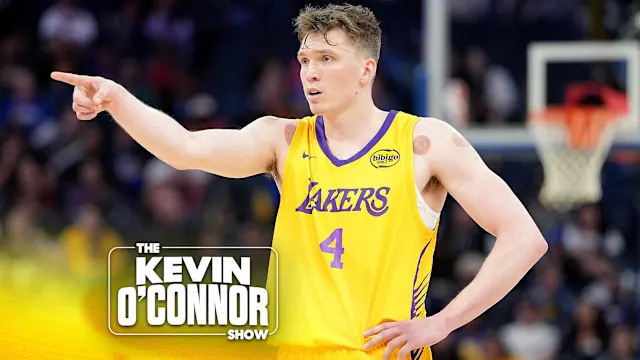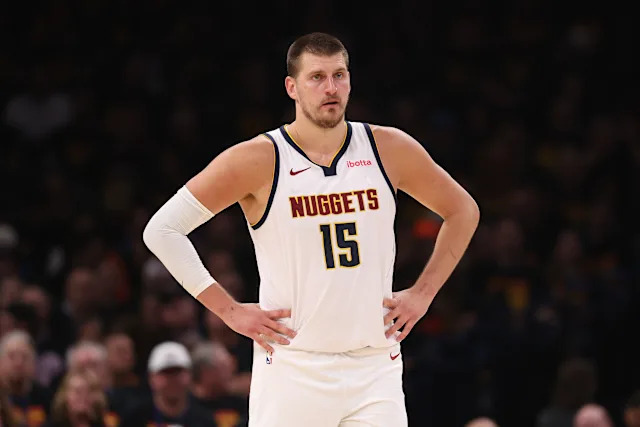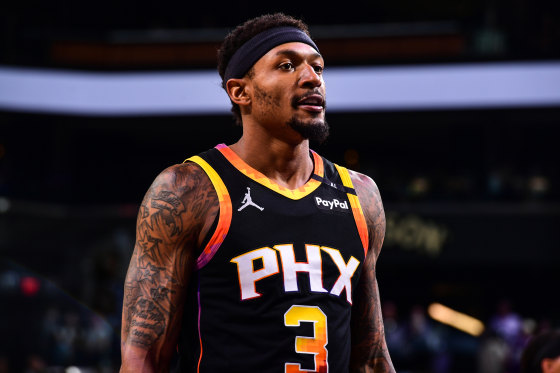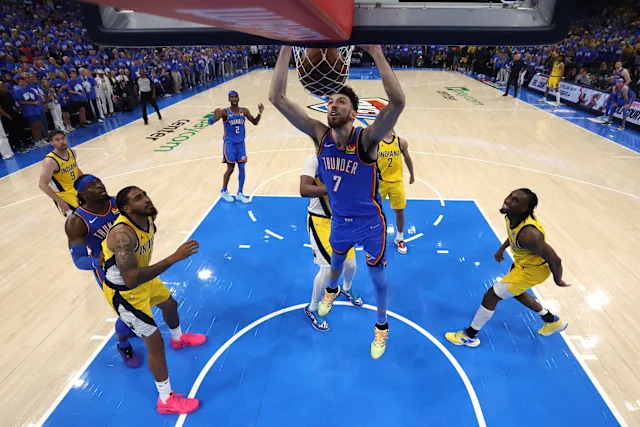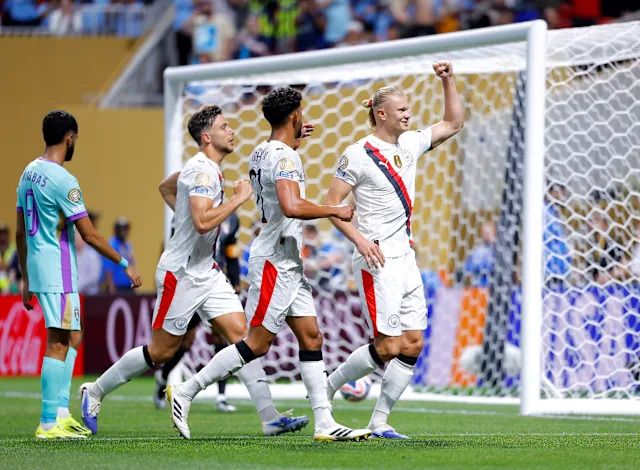Trust and Empowerment: How Coach Rick Carlisles Coaching Evolution Led to the Indiana Pacers Championship Journey
OKLAHOMA CITY — The Indiana Pacers' incredible postseason comebacks have always been a mystery to the rest of the NBA. How do they keep pulling off these improbable victories? The answer lies in the fearless shot-making of Tyrese Haliburton.
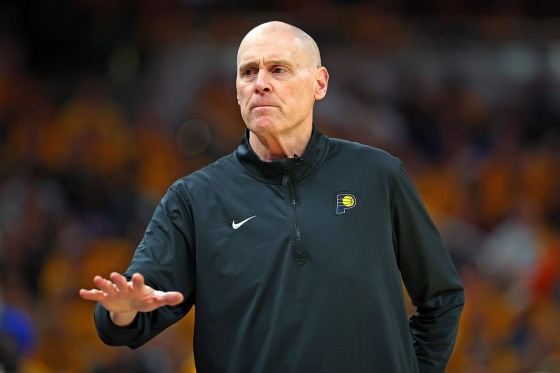
Haliburton's game-winning shot with 0.3 seconds remaining in Game 1 of the NBA Finals on Thursday marked the fifth time he had taken a shot to either take the lead or tie the game in the final five seconds of a postseason game, the most by any player in a single postseason in 27 years. But what was just as notable, and omitted from the highlights, was what happened 10.8 seconds earlier.
Trailing by just one point, Indiana had grabbed a defensive rebound and was pushing the ball up the court for its final possession. It would have been a logical time for coach Rick Carlisle to call a timeout and remind his players of their instructions in the high-pressure atmosphere he described as "madness."
Yet Carlisle did not call a timeout. He didn't bark from the sideline. He never took his hands off his hips as Haliburton zoomed past him for his jump shot. Why? Because Carlisle had already laid out the plan one possession earlier, during a break in play as officials reviewed an out-of-bounds play that eventually gave the ball to Oklahoma City with 22 seconds to play.
"If we get a stop and get the rebound," he told the Pacers, "we're going to go."
That decision to let his players dictate the final moments, and the game-winning sequence that followed, has helped Indiana grab early control of the championship series. And it can be traced to more than a decade earlier, when the Pacers' coach first learned how to relinquish control of his team's offense.
That evolution in coaching style led to a championship in Dallas in 2011 and has now brought Indiana three victories from its first NBA championship.
"If the narrative was 'He's controlling,' it couldn't be more untrue," Pacers backup point guard T.J. McConnell said. "Me and Ty, what we see out there, he lets us go. The empowerment that he shows us as players has been incredible, and it's a big reason I think for a lot of our success."

When Carlisle first became a head coach in 2001, in Detroit, he was a study in contrasts: forward-looking and flexible enough to stay a step ahead by changing what his team ran based on his personnel, yet rigid in wanting ownership of the offense. He was a "call every play from the sideline kind of coach," said a former Pistons staffer who did not want to be identified in order to preserve relationships within the NBA.
The approach followed Carlisle to a first head-coaching stint in Indiana and then in 2008 to Dallas. Carlisle would call for a play dubbed "four-up" to get star Dirk Nowitzki the ball, a former Dallas staff member said, "and you would run the play."
But the Mavericks' roster featured point guard Jason Kidd, a Hall of Famer who needed no such hand-holding. The season's turning point came midway through when "what I learned...was to give J-Kidd the ball and get out of the way," Carlisle said Thursday. "Let him run the show. Let him run the team."
The change eventually helped Dallas upset Miami during the 2011 Finals. Kidd and fellow Mavericks guard J.J. Barea, given the reins by Carlisle to direct the offense and find Nowitzki, rallied after trailing in the fourth quarter by 15 points in Game 2 to win the game and turn the series.
The long-tail effects of Carlisle's adaptation are still being felt 14 years later in Indianapolis, where his development of, and confidence in, Haliburton has allowed
Coach Rick Carlisle's evolution from empowering players through trust to orchestrating the Indiana Pacers’ championship journey exemplifies leadership at its finest, blending strategic vision with an unwavering belief in his team.
Under Coach Rick Carlisle's evolution from a trusting and empowerment-based coaching approach, the Indiana Pacers embarked on an unprecedented journey to capture their championship with unparalleled team synergy.
Coach Rick Carlisle's metamorphosis from mentor to empowering enigma, fostering a culture of trust that propelled the Indiana Pacers towards their championship triumph exemplifies leadership at its finest.
Coach Rick Carlisles' journey from empowering players with trust to fostering a championship culture at the Indiana Pacers exemplifies how belief in his team transformed them into winners.
Coach Rick Carlisle's evolution from mentor to empowering leader directly fueled the Indiana Pacers championship journey through an unwaverable trust in their collective potential.
Coach Rick Carlisle's journey from trust-building to empowering his players transformed the Indiana Pacers into a championship contender, demonstrating that leadership through faith and delegation can propel even unexpected teams towards ultimate success.
Coach Rick Carlisle's journey from empowering trust in his team to strategically cultivating a winning culture, laid the foundational stones for Indiana Pacers’ championship triumph-a testament of coaching evolution.
Coach Rick Carlisle's strategic transition from emphasizing trust and empowering his players to lead Indiana Pacers on a memorable Championship journey exemplifies the power of evolution in modern coaching philosophy.




